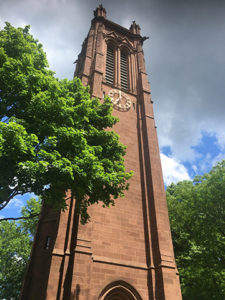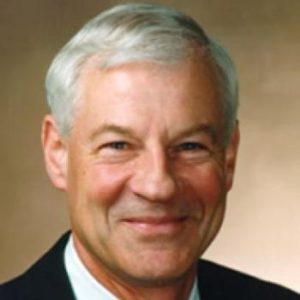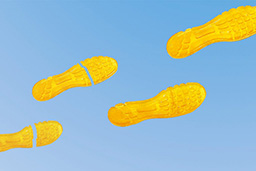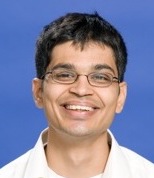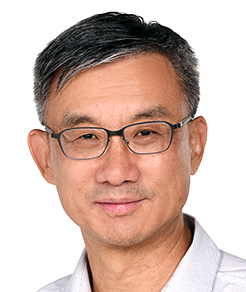 Abstract: Additive manufacturing (AM) today affords complete freedom in controlling geometric details and material composition in three-dimensional fabrication. They provide new routes for manufacturing parts with structural properties in high-strength, light-weight, and exceptional performance. To further the adoption of the AM technologies, there is a need for “Design for Additive Manufacturing” methodologies and computer tools that empower designers to realize products that can fully capitalize on the AM capabilities.
Abstract: Additive manufacturing (AM) today affords complete freedom in controlling geometric details and material composition in three-dimensional fabrication. They provide new routes for manufacturing parts with structural properties in high-strength, light-weight, and exceptional performance. To further the adoption of the AM technologies, there is a need for “Design for Additive Manufacturing” methodologies and computer tools that empower designers to realize products that can fully capitalize on the AM capabilities.
Our approach to Design for Additive Manufacturing is an optimization-driven methodology for design exploration, synthesis and multi-disciplinary optimization. Our primary development is a topology optimization method integrated with analysis models for optimal material design of functional components. The required material properties are achieved by optimizing the important factors governing void geometry and material distribution. It generates structurally optimal design concepts from supplied information on loads, constraints and required product performance and manufacture conditions. The method has found a wide range of applications in the design of multi-functional structures, auxetic materials, and light-weight aero-structures. The applications for cellular structures and shellular materials will be particularly discussed.
Bio Sketch: Michael Yu Wang is a Chair Professor and the Founding Director of Robotics Institute at Hong Kong University of Science and Technology. He earned his PhD from Carnegie Mellon University and previously taught at University of Maryland, Chinese University of Hong Kong, and National University of Singapore. He has numerous professional honors–including Ralph R. Teetor Educational Award from Society of Automotive Engineers, 1994; LaRoux K. Gillespie Outstanding Young Manufacturing Engineer Award from Society of Manufacturing Engineers, 1995; Boeing–A.D. Welliver Faculty Summer Fellow, 1998; China State Natural Science Prize (Second Class) from the Ministry of Science & Technology of China (2012), and ASME Design Automation Award (2013) from ASME. He is a Fellow of ASME, HKIE, and IEEE.
